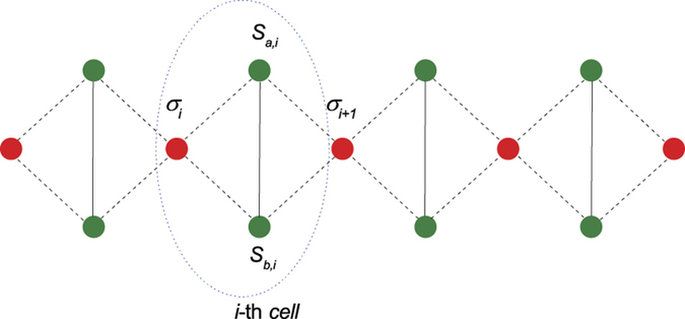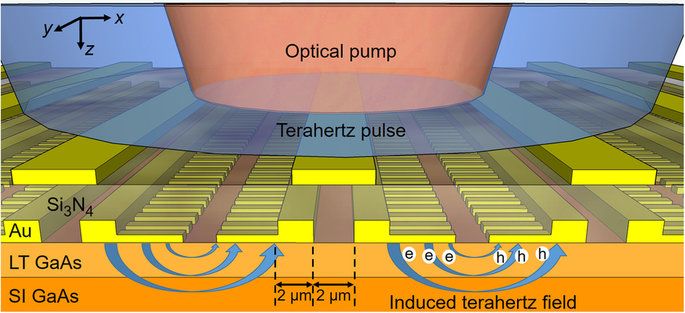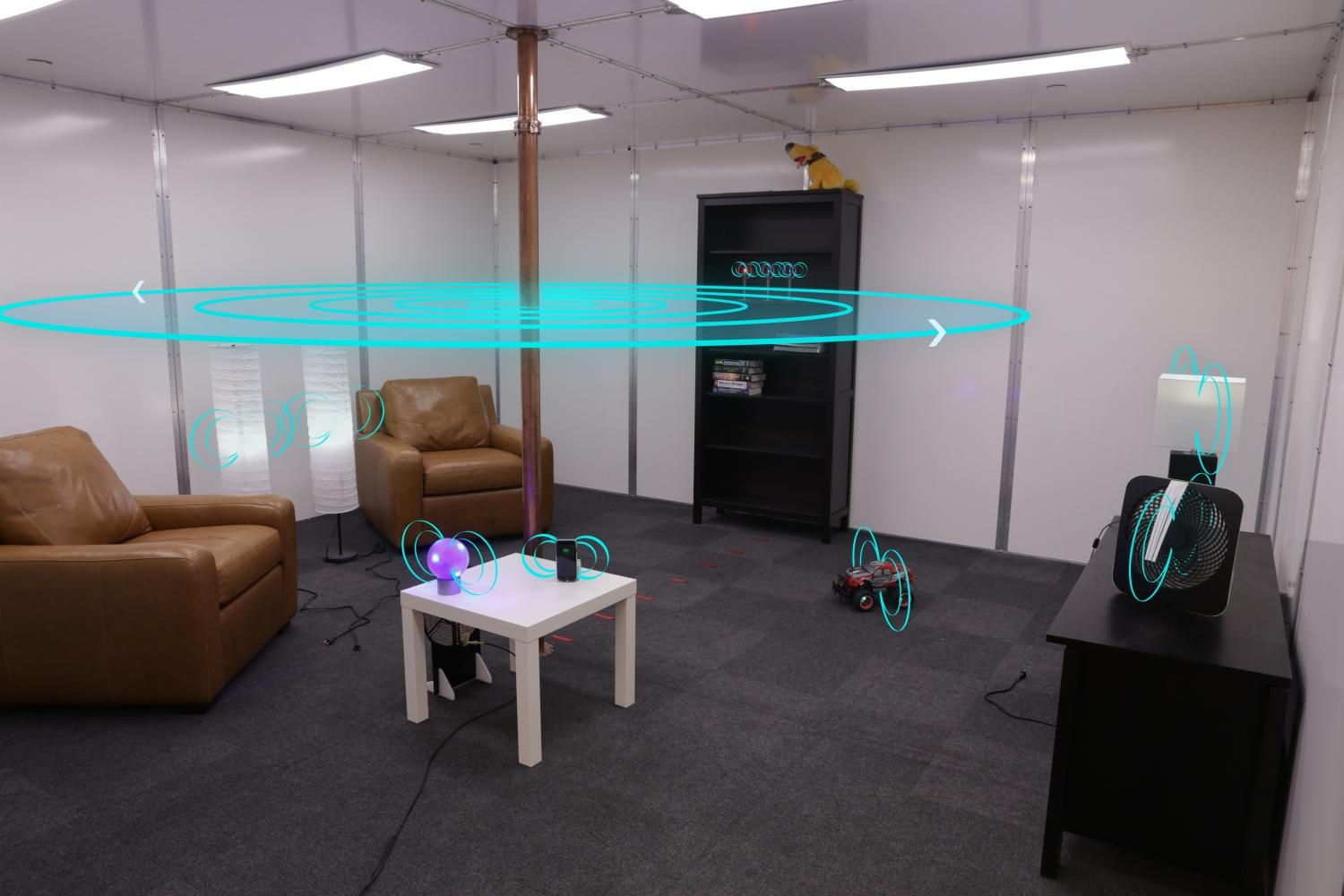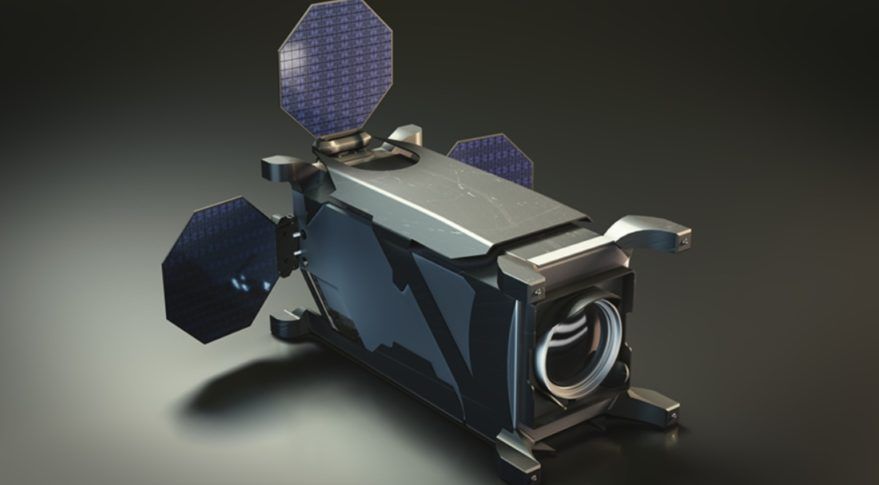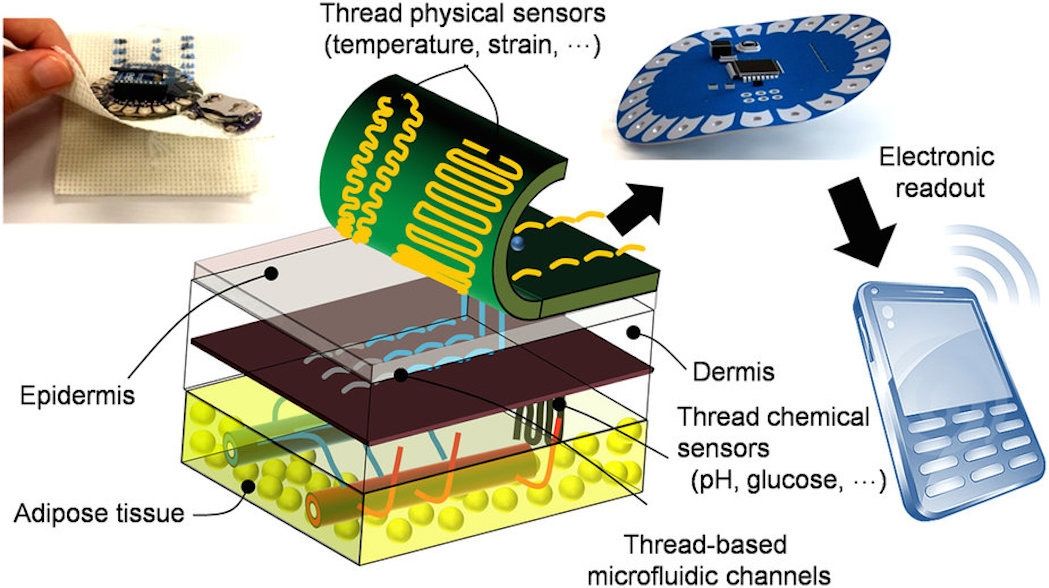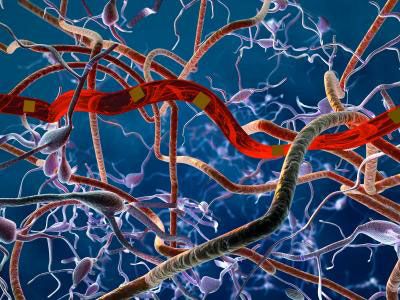Feb 16, 2017
Finite-temperature scaling of trace distance discord near criticality in spin diamond structure
Posted by Karen Hurst in categories: futurism, quantum physics
Nice research on finite temperatures and diamond structure spins.
Here the quantum criticality in the Ising-XXZ diamond structure at finite temperature have been studied by the trance distance discord calculations. Around the critical lines, the first-order derivative of the trace distance discord exhibits a maximal at a finite temperature and diverges under the thermodynamic limits T → 0. By analyzing the finite-temperature scaling behaviors, we show that the trace distance discord can detect exactly the quantum phase transition from the entangled state in ferrimagnetic phase to an unentangled state in ferrimagnetic phase or to an unentangled state in ferromagnetic phase. The results also show that the trace distance can distinguish the two kinds of transitions by consulting to the different finite-temperature scaling behaviors. As a comparison, we also study the behaviors of some other typical quantum correlations (e.g., concurrence, quantum discord and Hellinger distance) around the critical points, and the results state that the trance distance discord is more reliable than the others to spotlight the critical points for this Ising-XXZ diamond structure at finite temperatures.
Surely, this model system has three different critical phases, and it would be significant and challenging in the future to consider the multipartite quantum correlations which may grasp all these transitions. The bipartite quantum correlations imposed on this Ising-XXZ diamond structure, as studied in this work, can not detect the transition from UFI phase to UFM phase at finite temperature, an issue for future investigations.
